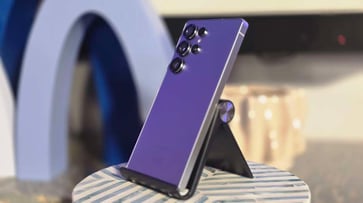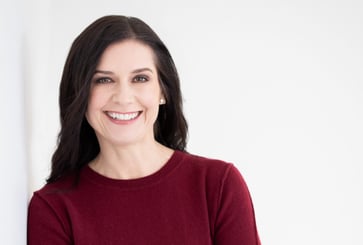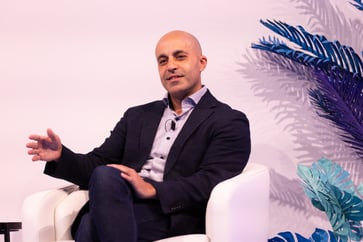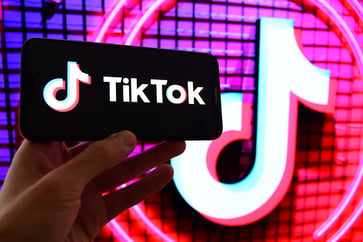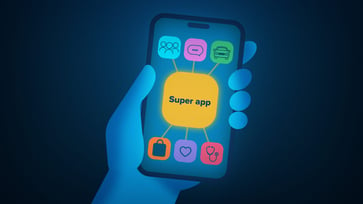The FDA has approved Apple's sleep apnea detection feature for use. Here's how it works.
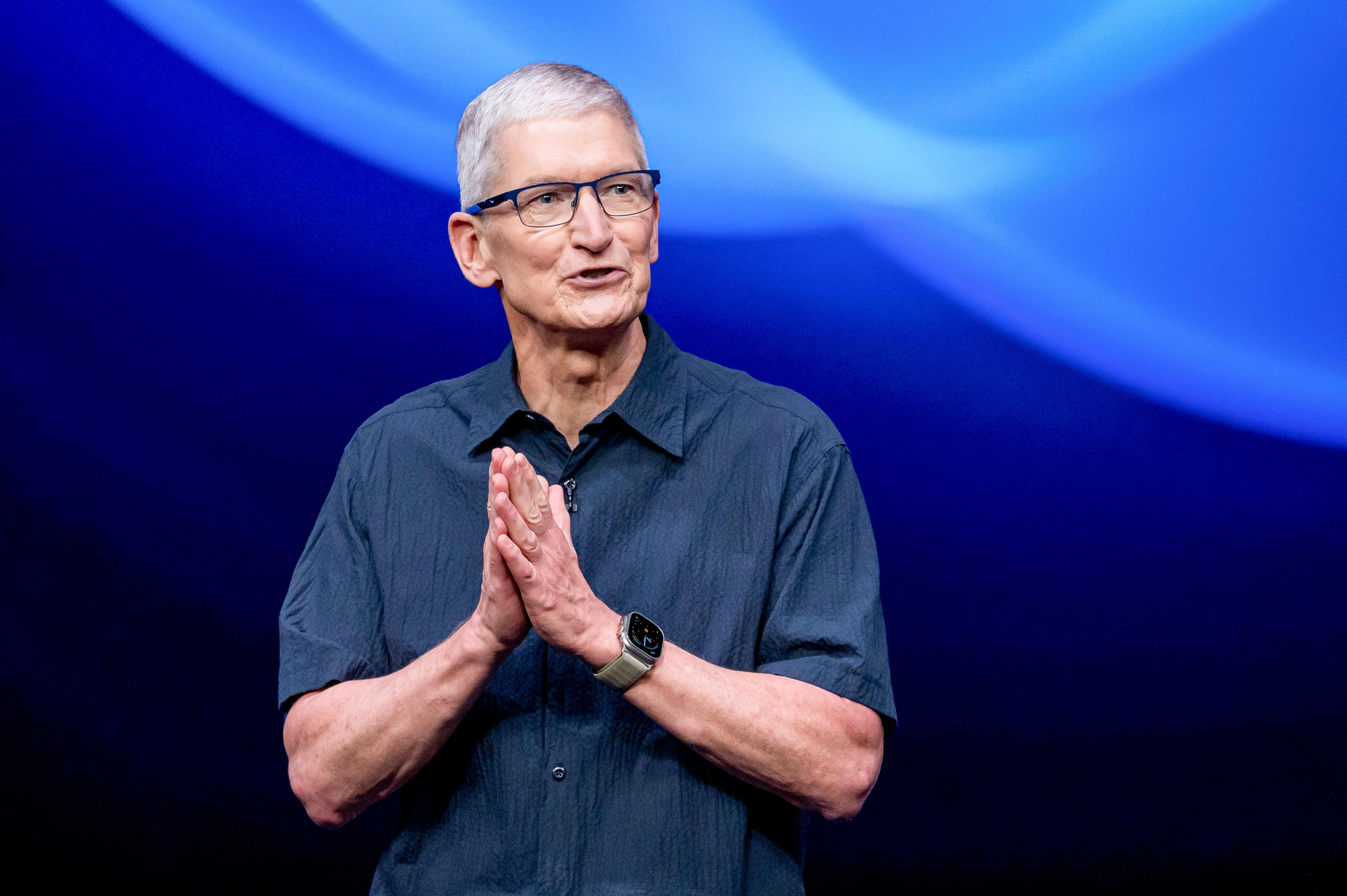
- The FDA has approved Apple's sleep apnea detection feature.
- A sleep disorder known as sleep apnea causes a person's breathing to repeatedly stop and start during sleep.
- The Apple Watch has a feature that analyzes a new metric called "breathing disturbances" to monitor the user's breathing patterns.
The U.S. Food and Drug Administration has approved Apple's new sleep apnea detection feature for use, which will be available on the Apple Watch Series 9, Series 10, and Ultra 2 later this month.
Untreated sleep apnea, a disorder that causes breathing to repeatedly stop and start during sleep, can lead to serious health problems such as heart problems, hypertension, and Type 2 diabetes. Despite affecting more than 30 million people in the U.S., only around 6 million are diagnosed, according to the American Medical Association.
Dr. Sumbul Desai, vice president of health at Apple, stated in the feature's launch video that the team is thrilled about the potential to greatly benefit the millions of people with undiagnosed sleep apnea through this feature.
Apple's sleep apnea detection feature is the company's latest effort to position its wearables as a more affordable and straightforward option compared to many existing healthcare tests and devices. The sleep disorder market presents a profitable opportunity.
In order to be evaluated for sleep apnea, patients usually undergo either an at-home or in-lab test, with overnight monitoring. The cost of an in-lab test can vary based on insurance coverage, but on average, it costs $3,000, as stated in a 2022 study published in the Journal of Primary Care & Community Health.
The cost of at-home sleep apnea tests can range from a few hundred dollars to over $189, as seen with the Sleep Doctor's test. Meanwhile, Apple's Series 10 watch starts at $399.

Dr. David Kuhlmann, a physician who has treated sleep disorders for nearly two decades in Missouri, stated that Apple's sleep apnea detection feature could be a "game changer" for patients who have been hesitant to undergo testing. Kuhlmann, who also serves on the board of the American Academy of Sleep Medicine, a professional society for sleep medicine clinicians, emphasized the importance of this feature for improving sleep quality and overall health.
According to Kuhlmann, the feature could be particularly advantageous for individuals who sleep alone, and he believes many people will be taken aback to discover they exhibit indications of sleep apnea.
Apple Watch data for sleep apnea may be inaccurate, so Kuhlmann advised users to exercise caution when interpreting the readings. Insurance companies are unlikely to cover sleep apnea therapies solely based on Apple Watch data, so patients should follow up with their healthcare providers for an official diagnosis.
In order to receive treatment, individuals must be diagnosed, according to Kuhlmann, as stated in an interview with CNBC.
If patients catch sleep apnea earlier, they can avoid paying for treatments for more serious conditions down the line, which could ultimately reduce costs for the U.S. health-care system overall.
"Discovering and treating underlying sleep disorders could potentially reduce expenses and enhance quality of life."
How it works
The Apple Watch detects sleep apnea by analyzing "breathing disturbances" using an accelerometer to measure wrist movements that indicate disruptions to normal breathing patterns.
The Health app allows users to monitor their nightly metrics and classify them as "elevated" or "not elevated," meaning normal. Apple will analyze the breathing disturbance data on a monthly basis and notify individuals if they exhibit "consistent signs" of severe or moderate sleep apnea. Users can view their data over a one-month, six-month, or one-year timeframe.
To make the most of the 18-hour battery life of the Apple Watch Series 10, individuals will probably need to charge their device during the day.
The Health app provides users with a three-month report on breathing disturbances, along with additional information, which they can bring to their doctors to discuss next steps. Additionally, the app offers educational materials to users.
Apple claimed that the notification algorithm was created using a comprehensive set of clinical-grade sleep apnea tests and was validated through a clinical study.
Kuhlmann stated, "I'm eager to obtain an Apple [Watch] to test it out on myself."
Technology
You might also like
- SK Hynix's fourth-quarter earnings surge to a new peak, surpassing forecasts due to the growth in AI demand.
- Microsoft's business development chief, Chris Young, has resigned.
- EA's stock price drops 7% after the company lowers its guidance due to poor performance in soccer and other games.
- Jim Breyer, an early Facebook investor, states that Mark Zuckerberg has been rejuvenated by Meta's focus on artificial intelligence.
- Many companies' AI implementation projects lack intelligence.



